There was a time when mention of glassfibre within earshot of an Italian coachbuilder would be met with naked hostility. However, the co-creator of this intriguing curio was French. As such, he was perhaps allowed a degree of latitude. The promising LMX was the work of Michele Liprandi and Giovanni Mandelli, whose small Milan-based Limaplas concern had previously moulded bodyshells for the Abarth OT1300 ‘Periscopo’, De Tomaso Vallelunga, and ASA Roll-Bar 613 Coupé among others. The partners then decided to go it alone and produce a car of their own.
They didn’t do things by halves, either. The chassis was largely the work of Liprandi, a forked backbone affair that employed a 126bhp, 2.3-litre Ford V6 engine, Taunus 20M-derived front suspension and a Zodiac MkIV-based rear end. Clothing this ensemble was a chunky glassfibre bodyshell (with steel doors) with the styling being attributed to Franco Scaglione. The Florentine’s back catalogue included the remarkable Bertone B.A.T. aerodynamic studies, umpteen Intermeccanicas and the Alfa Romeo Tipo 33 Stradale.
Inside, the car was a strict two-seater and awash with proprietary gauges, switchgear and door furniture. That said, options ran to air conditioning, and later on a radio cassette player. The model made its debut at the 1968 Turin motor show although, perhaps in a portent of what was to come, the partners behind the new LMX Automobile srl concern couldn’t afford a stand. The car was displayed outside the show halls. Nonetheless, response to the prototype was generally positive, and a deal was struck with Carrozzeria Eurostyle of Turin to act as a manufacturing sub-contractor.
However, as is so often the way with cars of this ilk, there were one or two slight problem-ettes. Chief among these was the promised backing never materialised. It didn’t help that Ford refused to fully support the project. Despite a raft of upgrades including a supercharged version (subsequently a 210bhp edition employing a Swiss May turbocharger), sales were sluggish at best. It also didn’t help that press reports were mixed. The car’s styling was praised, the Sirex’s on-the-limit handling less so. The ride quality was also found wanting.
Attempts at selling the model further afield, with the Sirex being shown at the 1969 Paris Salon among other events, failed miserably and relations with cash-strapped Carrozzeria Eurostyle began to unravel. Even so, LMX lingered until 1973, although a batch of cars were cobbled together by the Piedmontese concern Samas di Charlie Fratelli into the following year. These were sold under the Sirex LMS banner. Among them was an attractive convertible first shown in incomplete form in 1968, and finally finished six years later.
All told, 43 cars were made of all types, although this figure has been disputed by some historians. Some argue that it’s closer to 25 units. One example was sold new in the UK and it was still around in the mid-1980s. We would love to know where it is now…

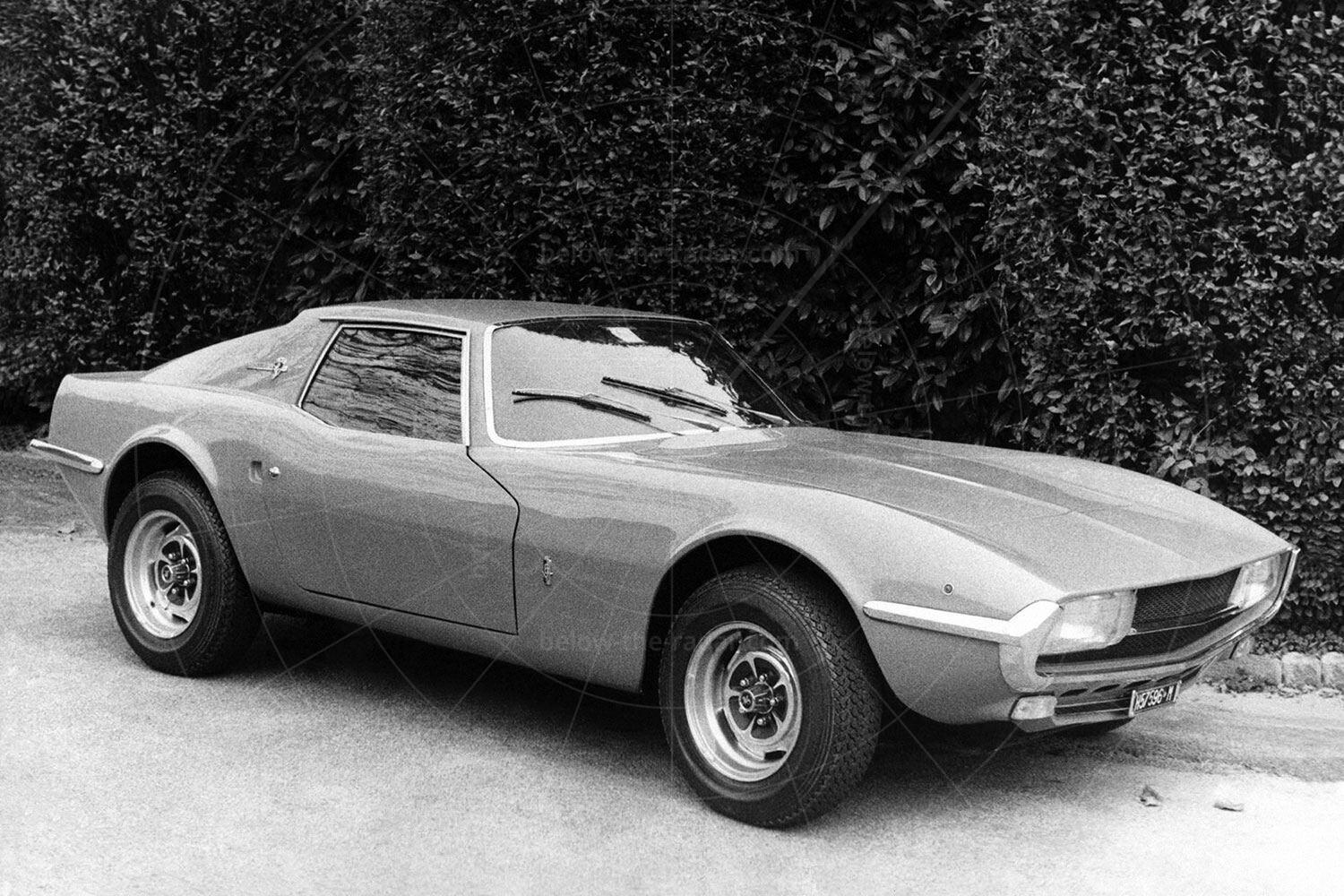
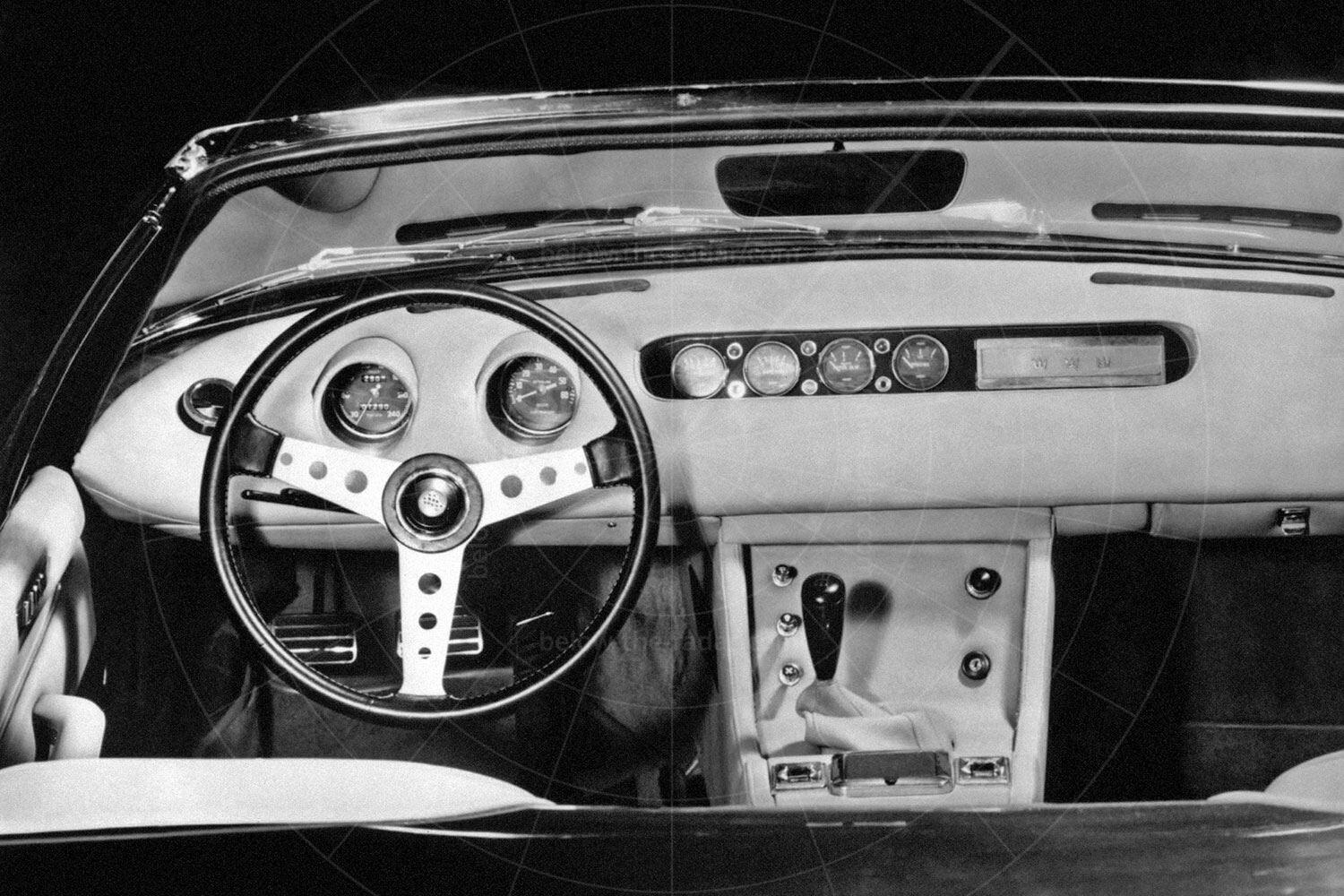
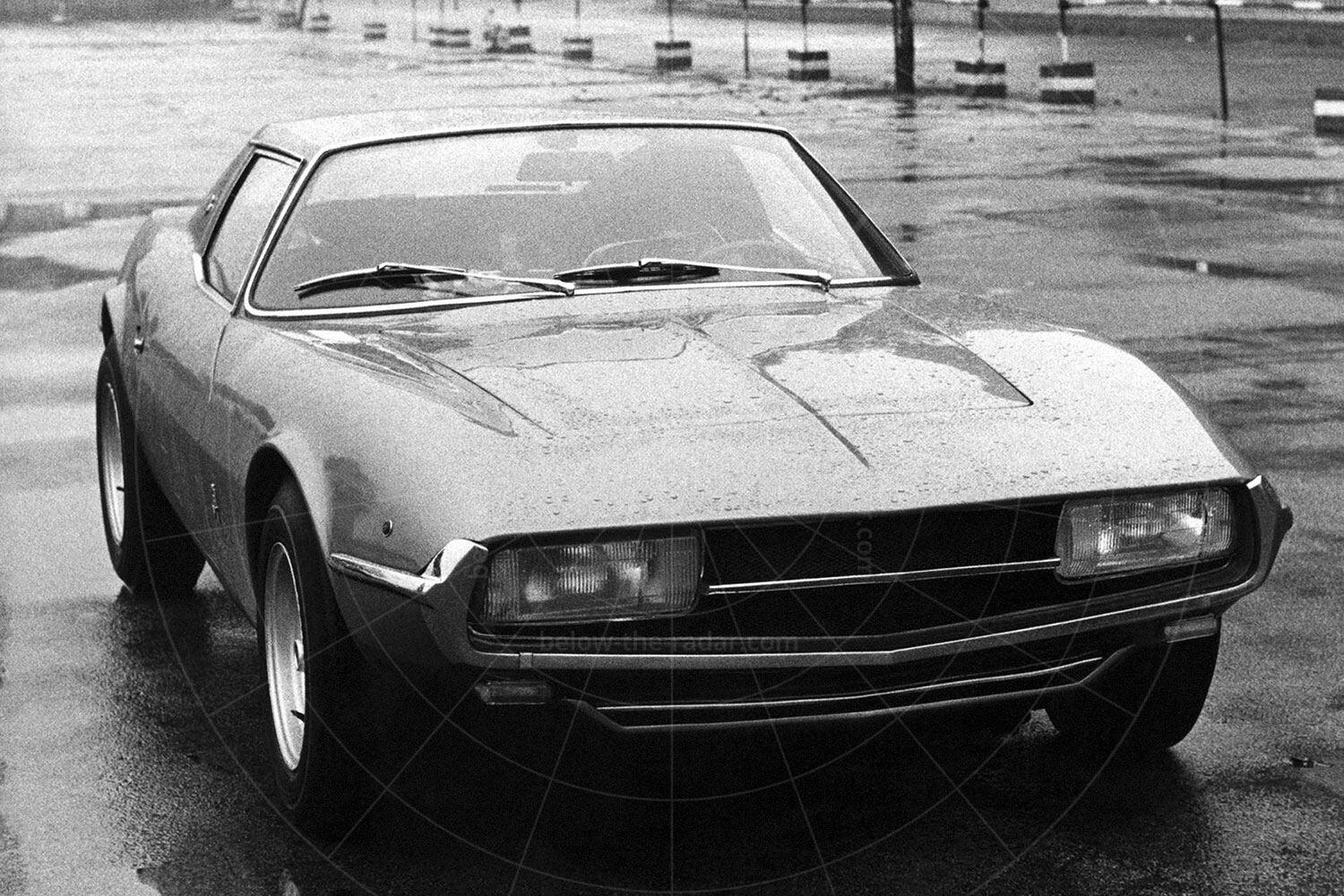
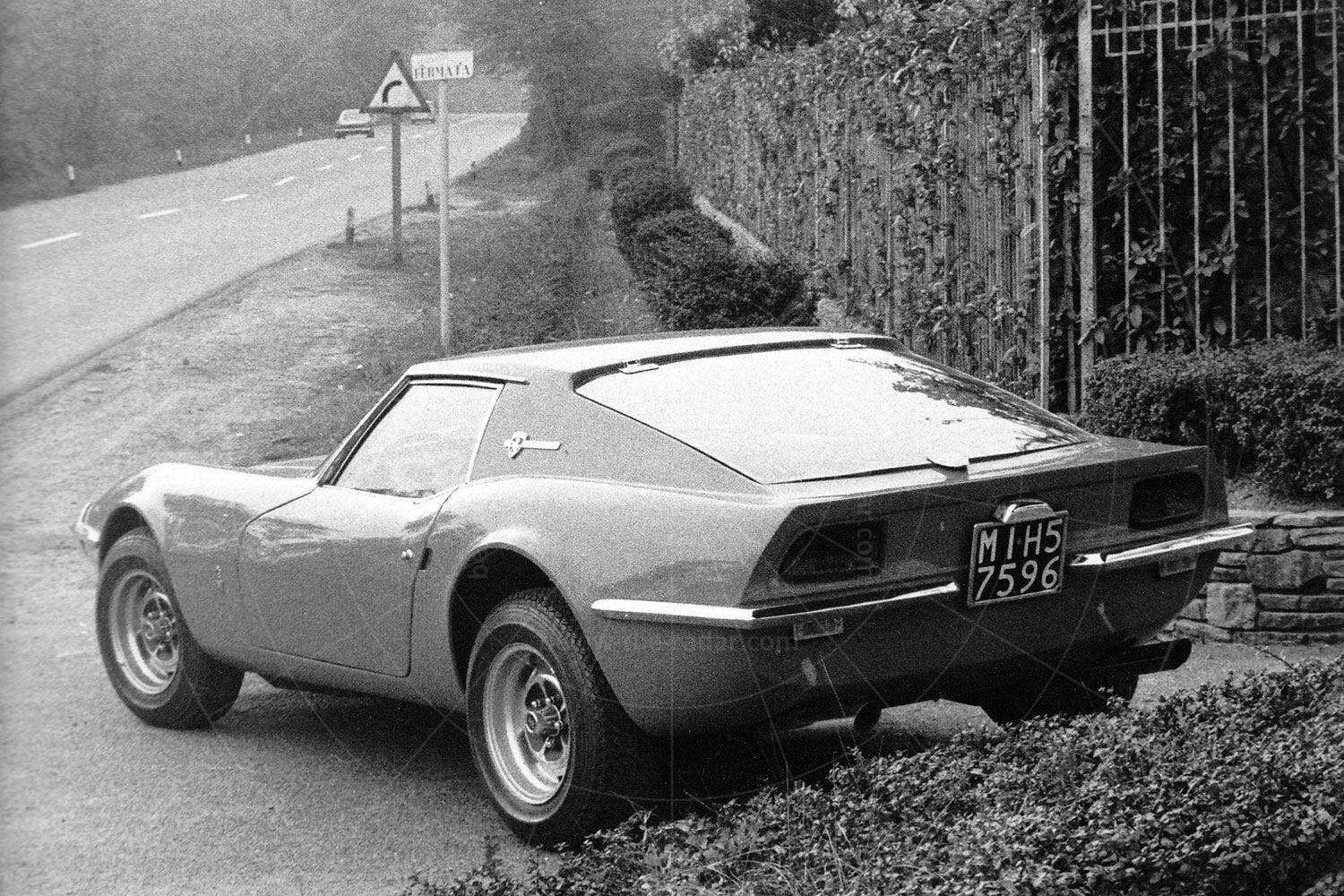
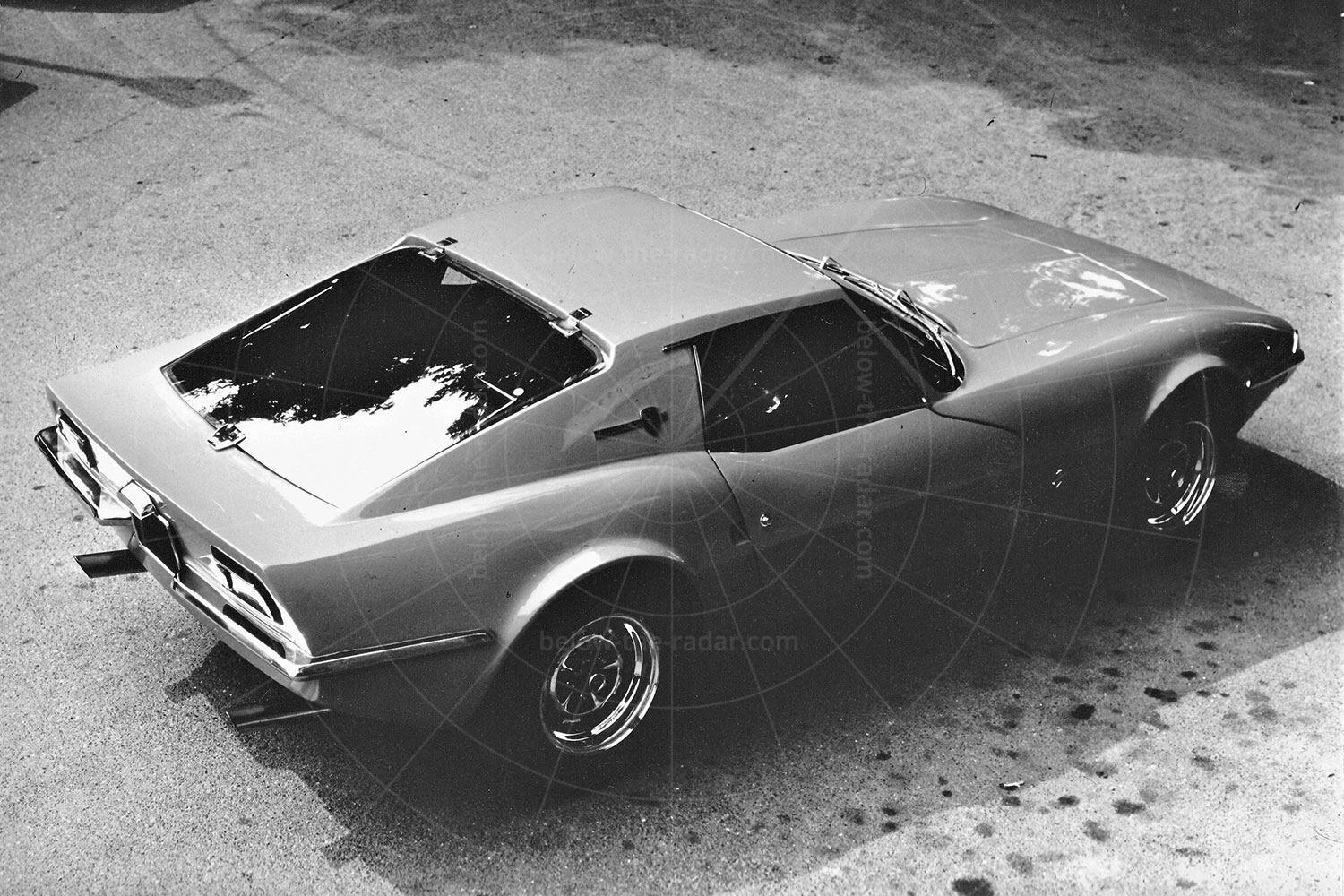
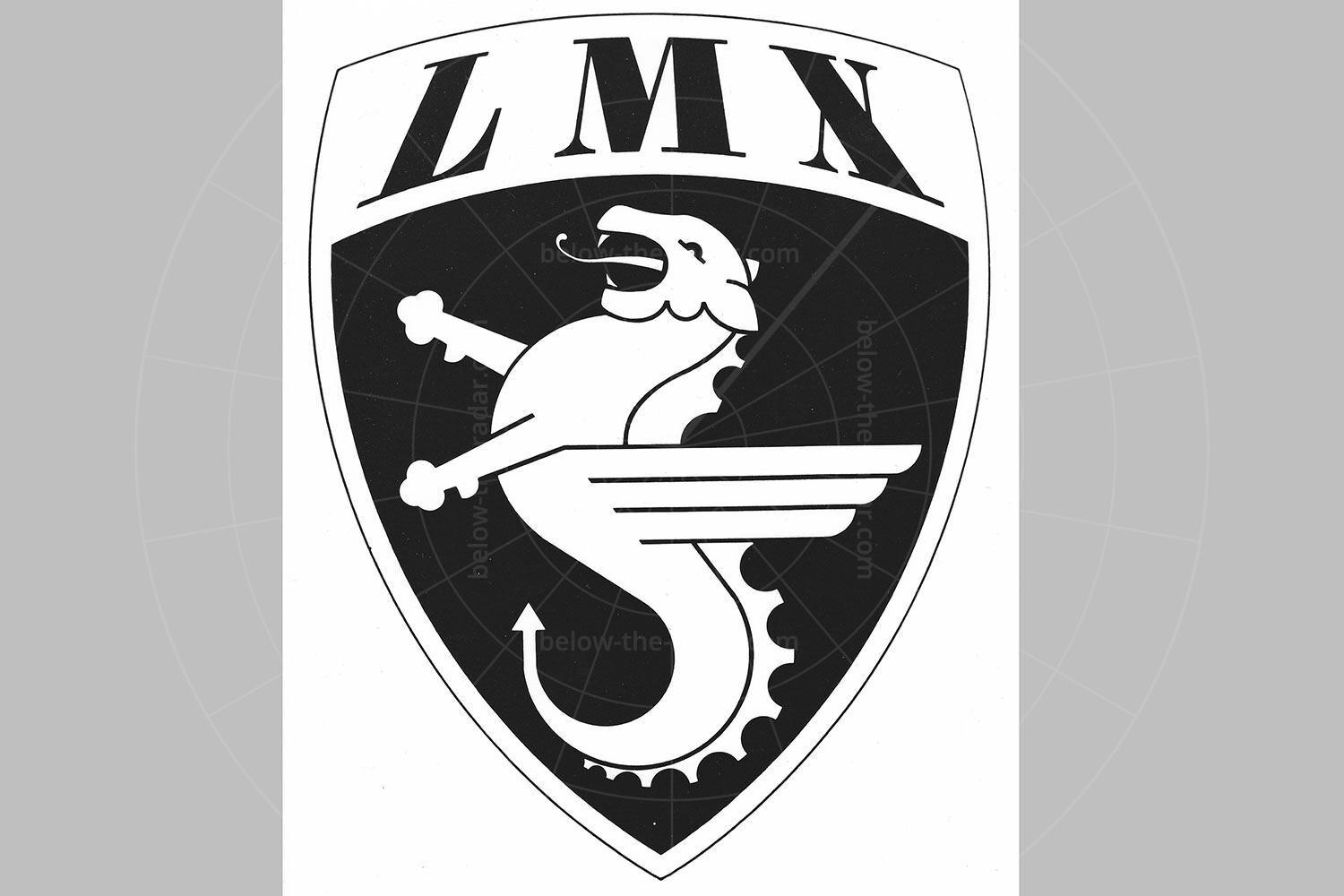
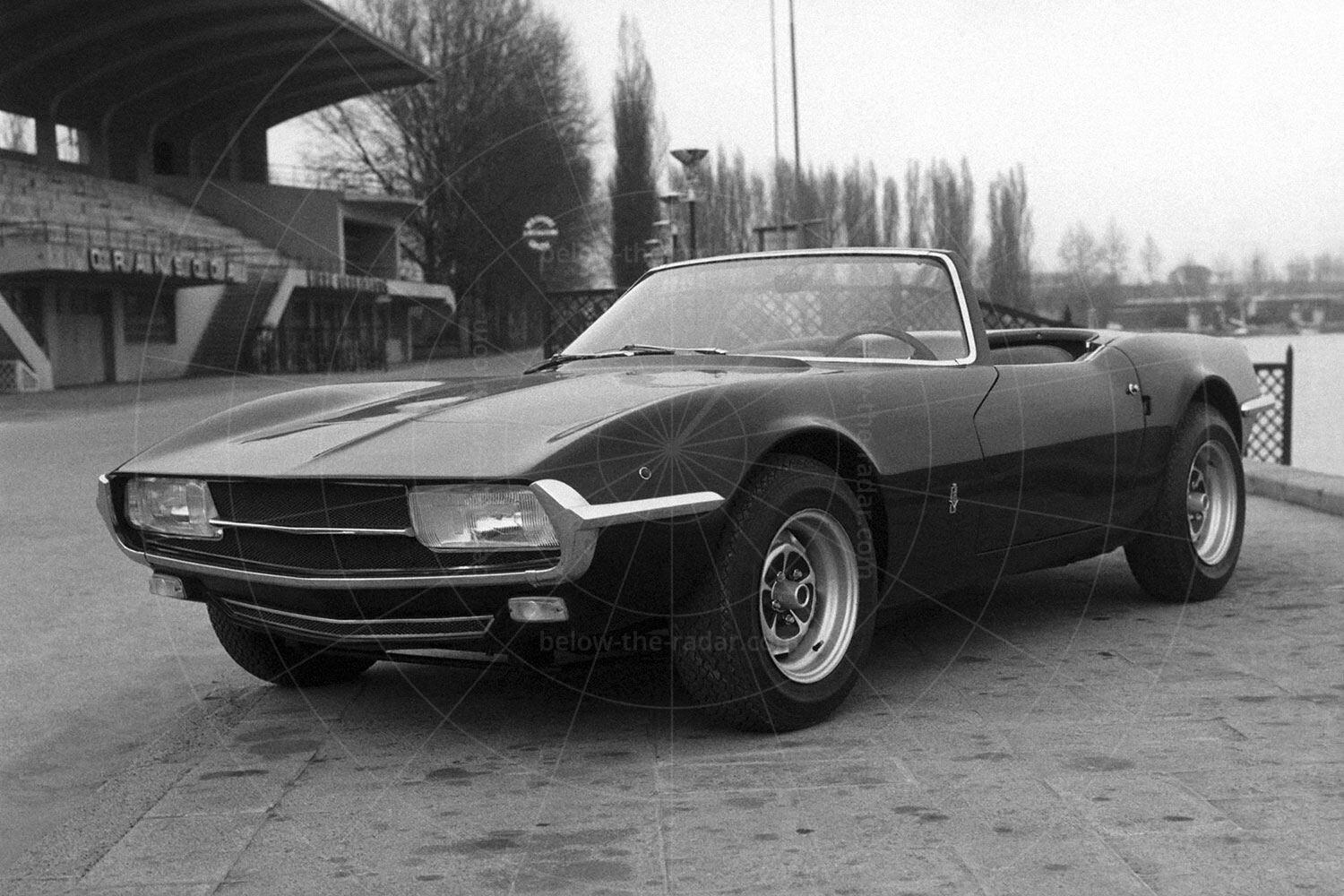
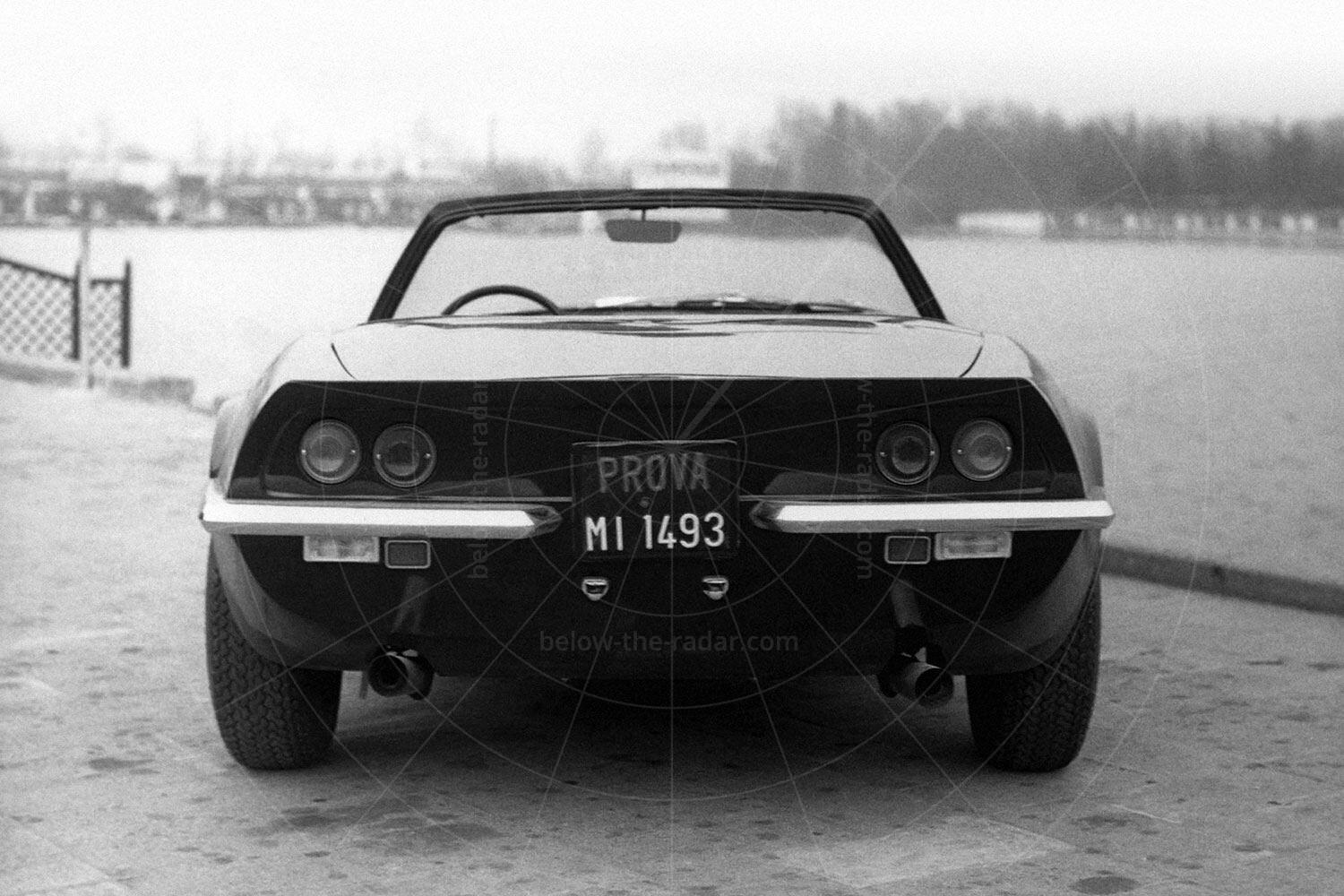
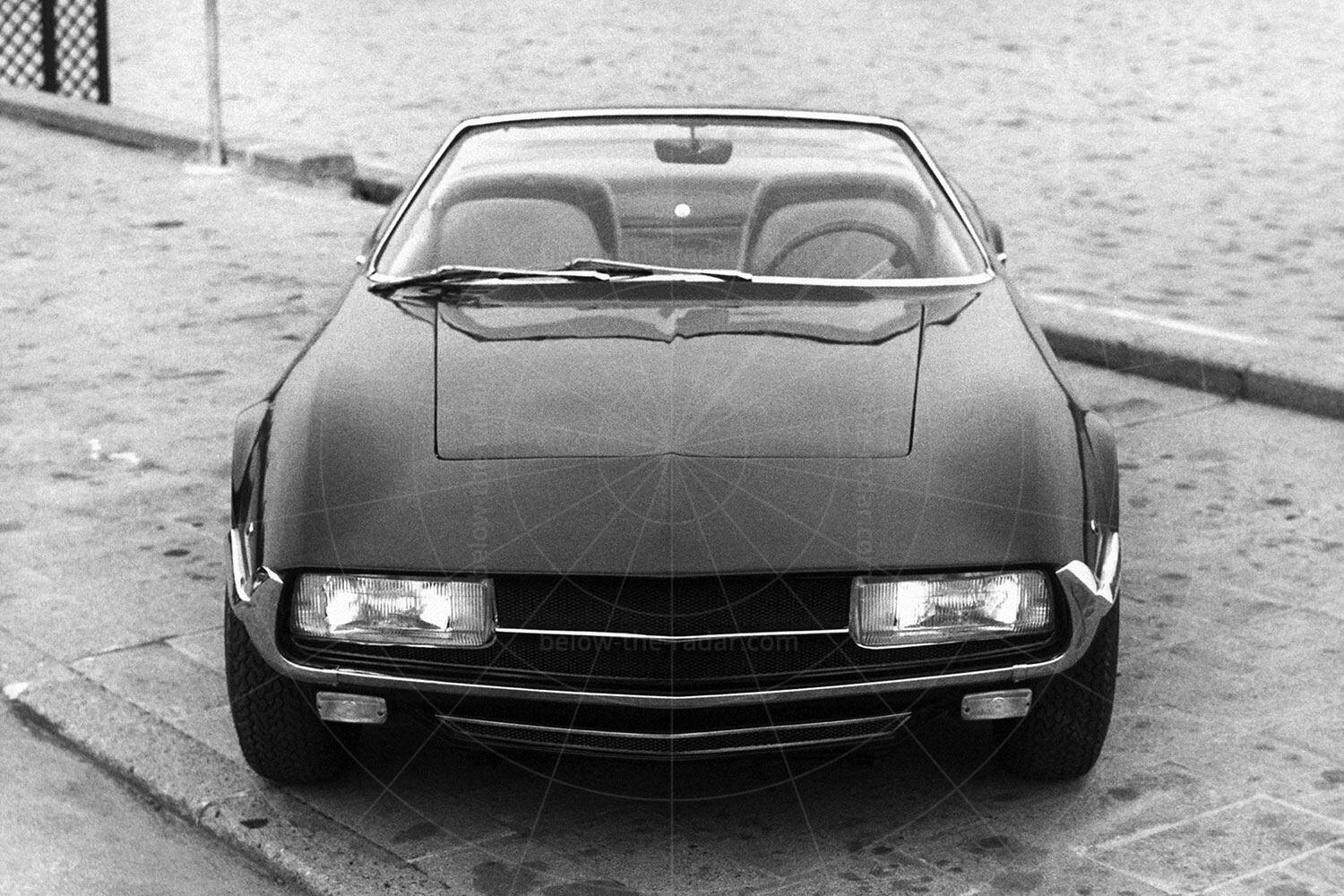
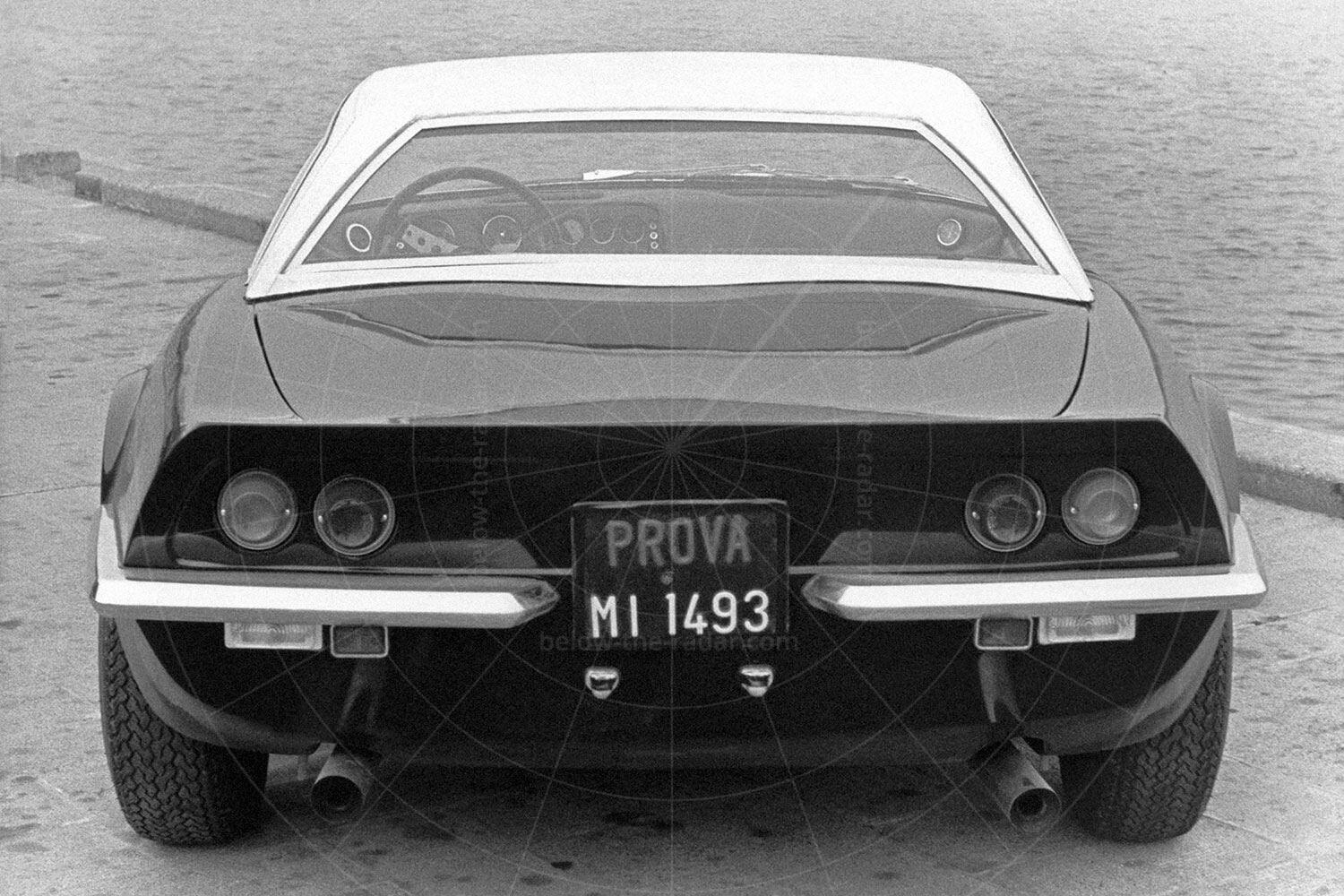
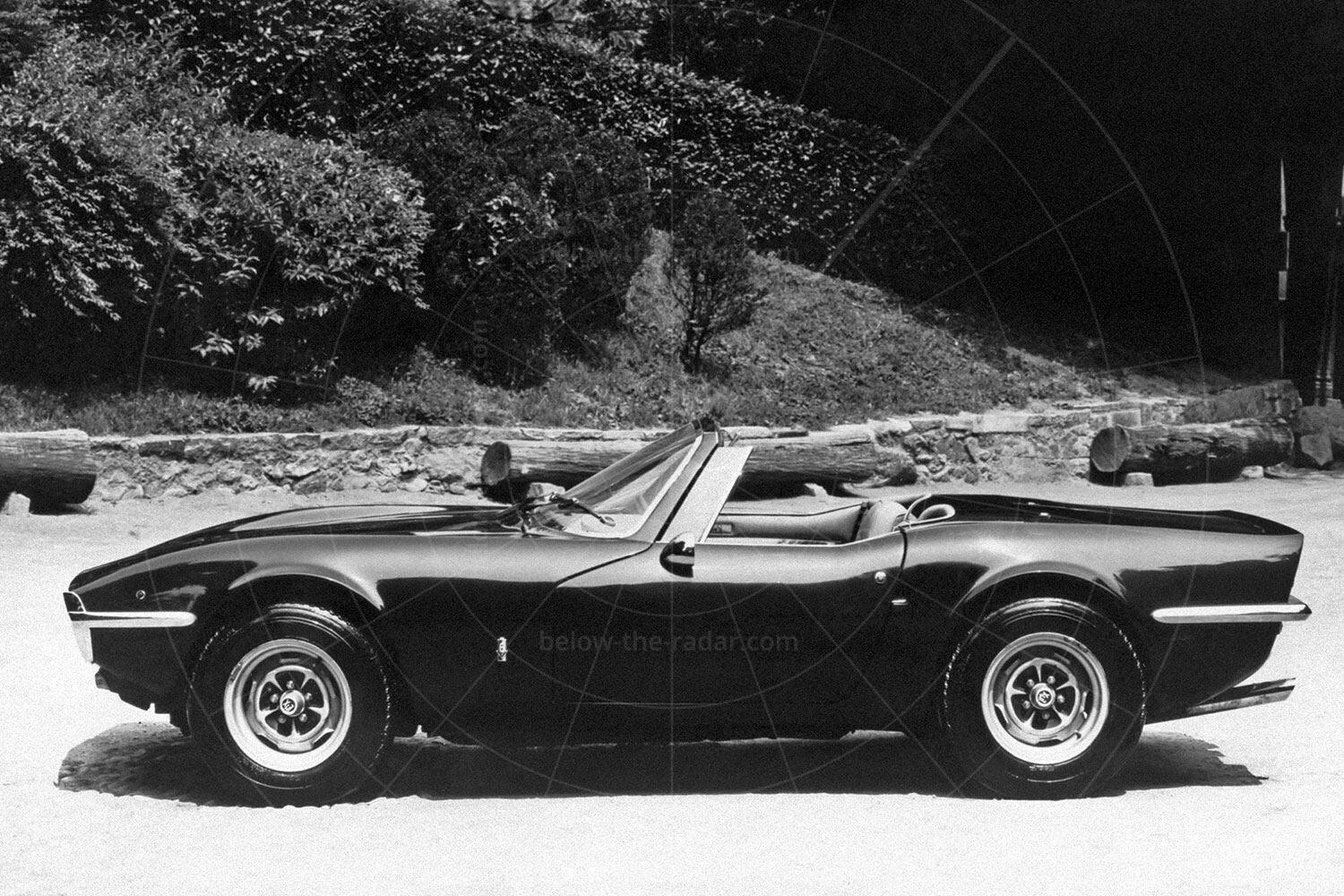

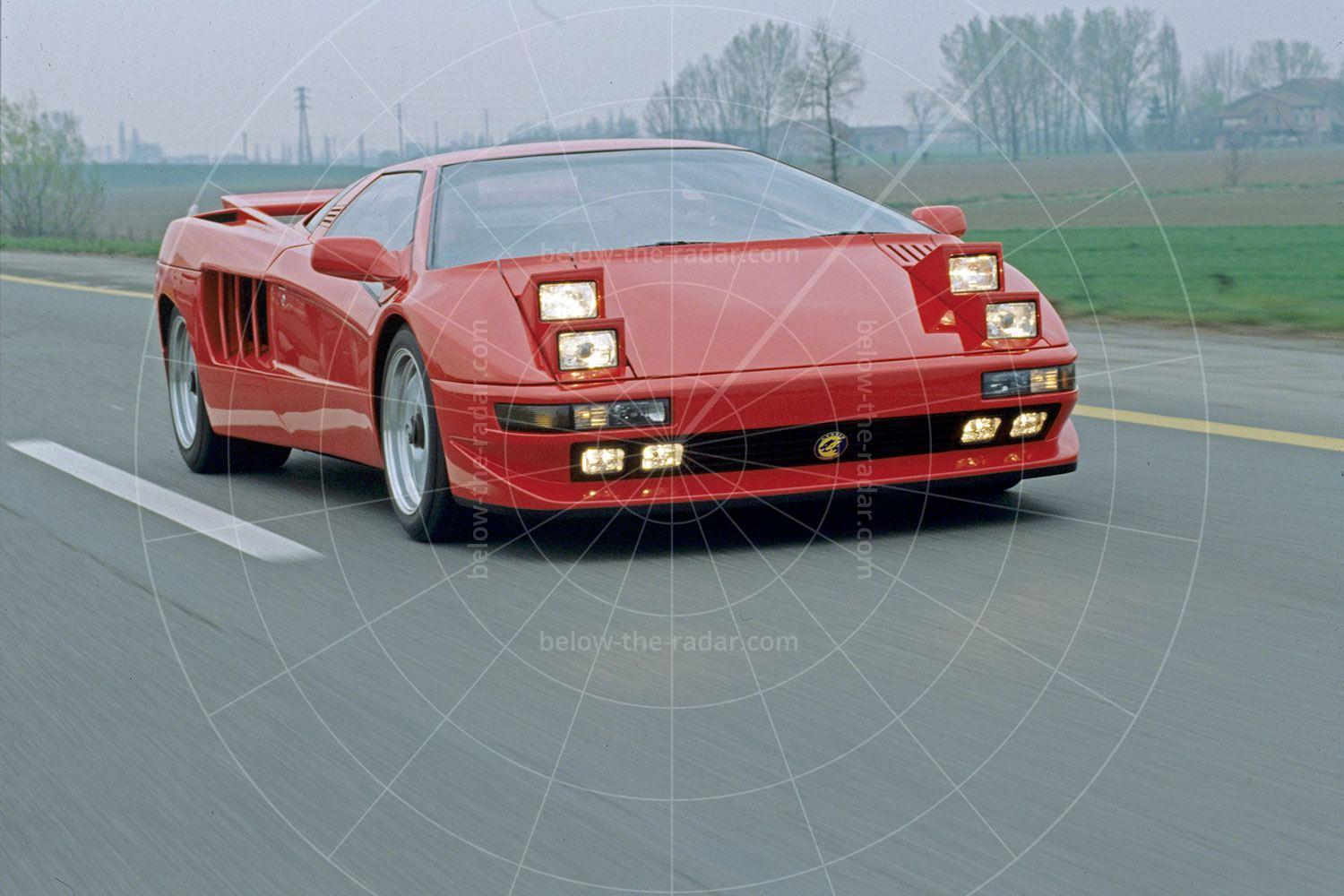
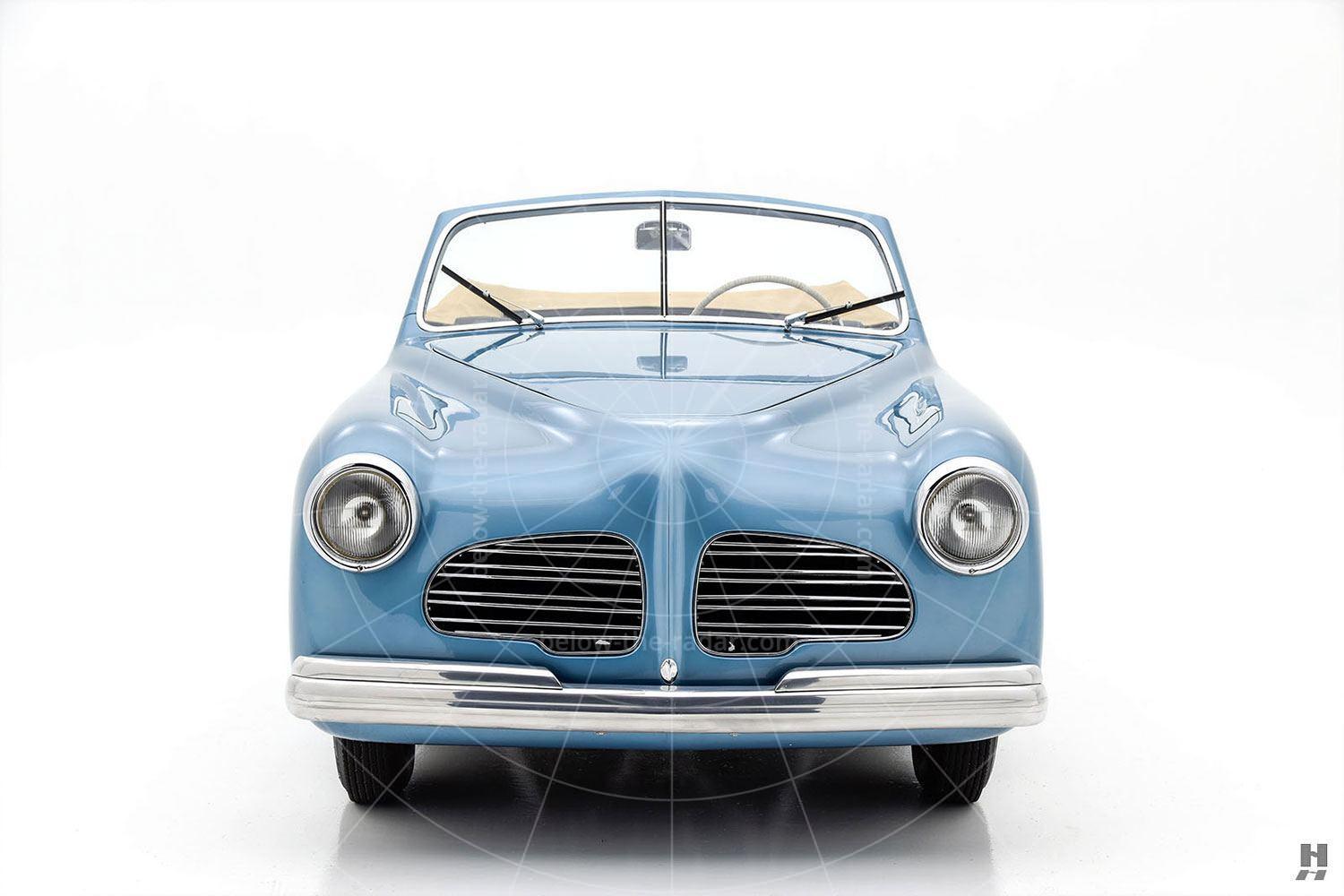
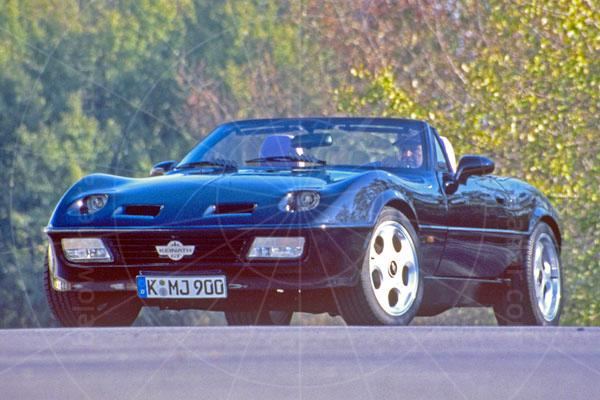
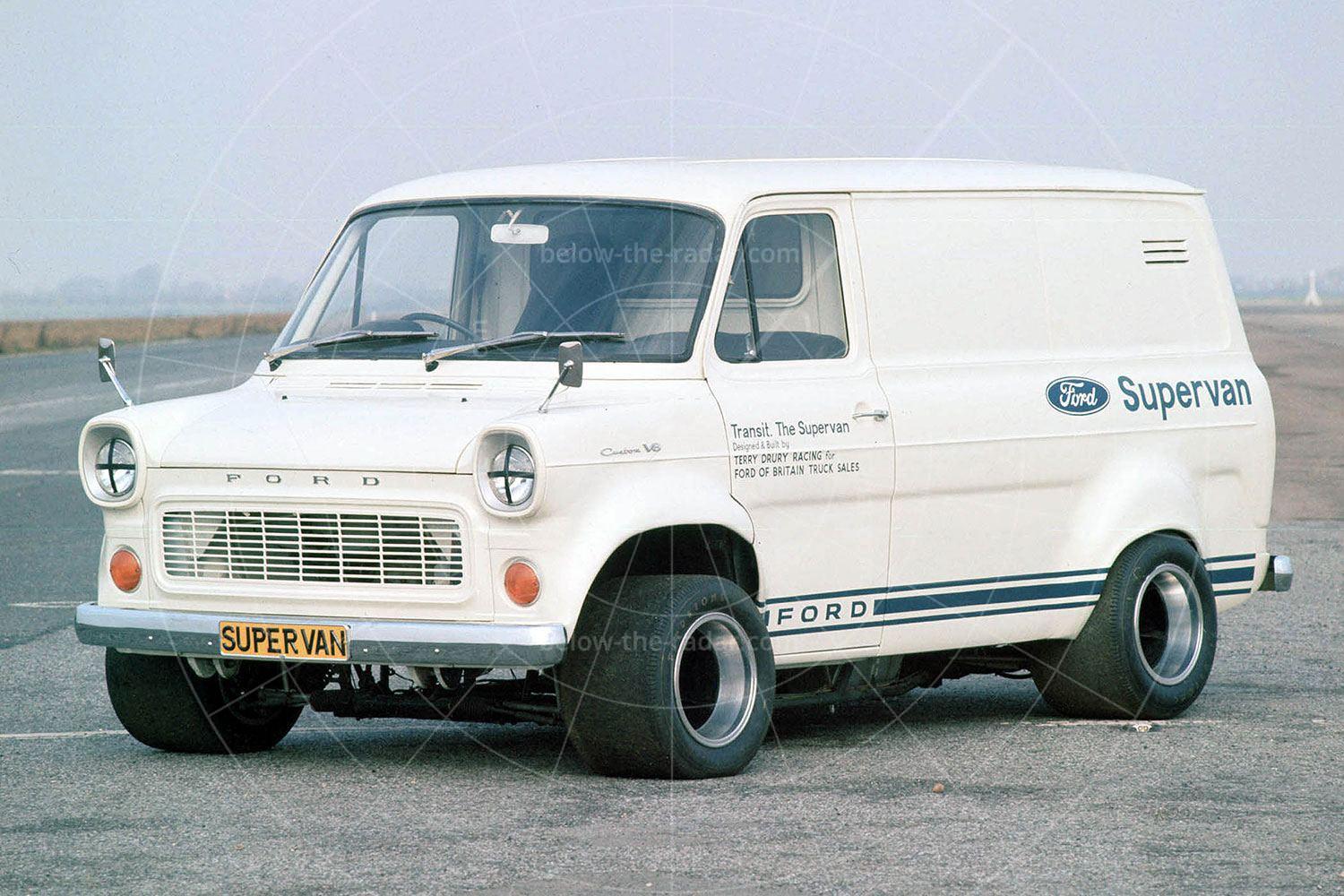
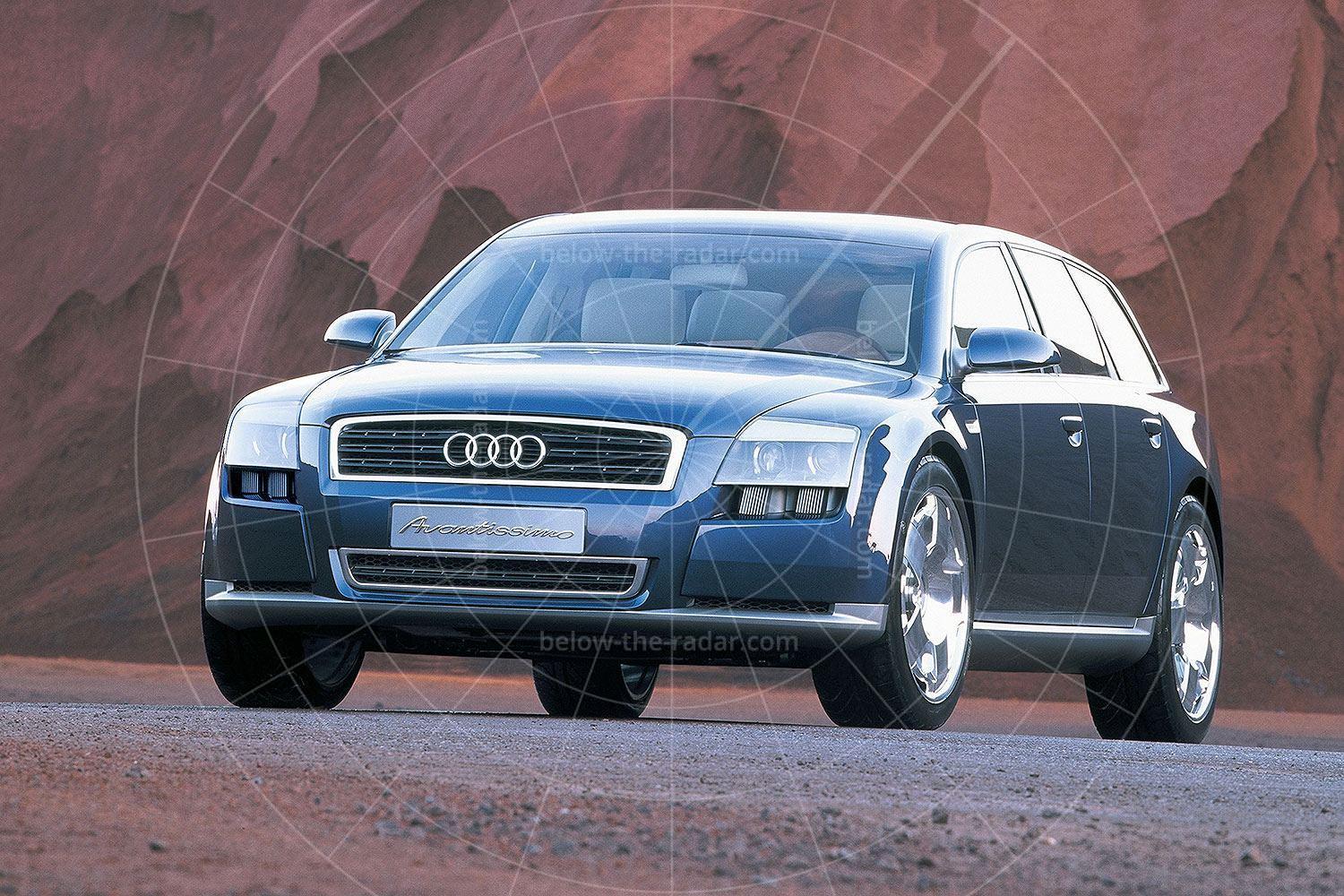
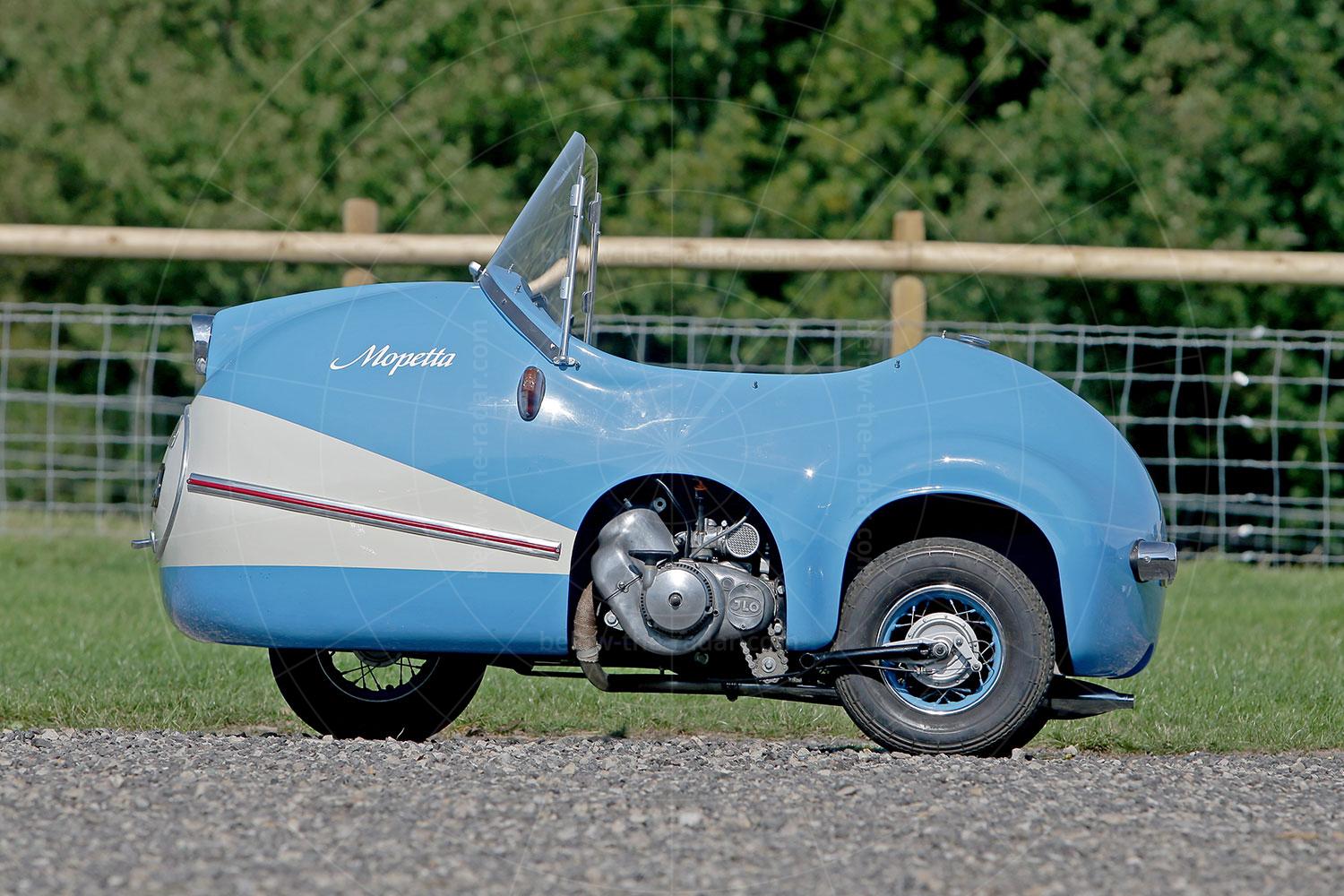
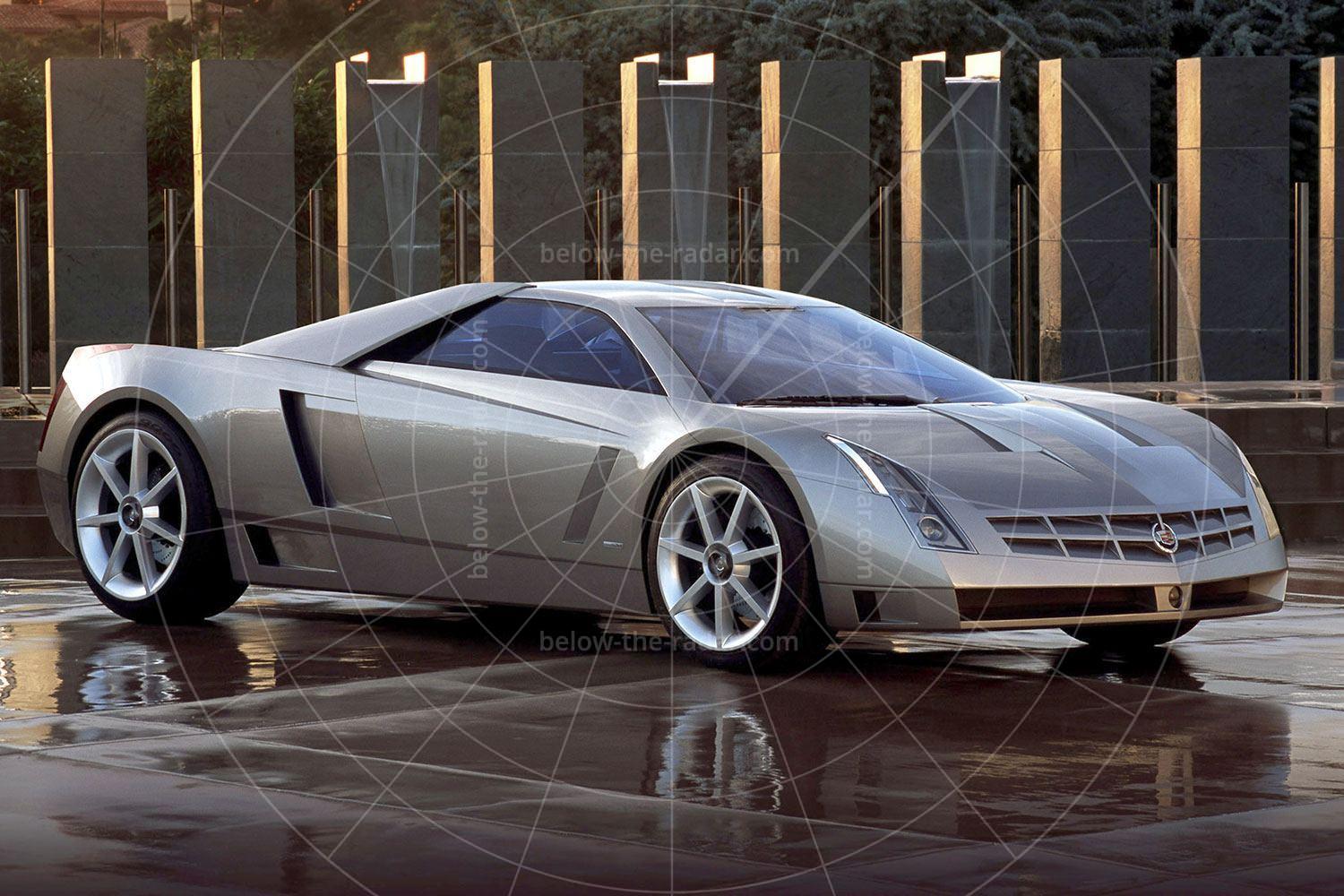
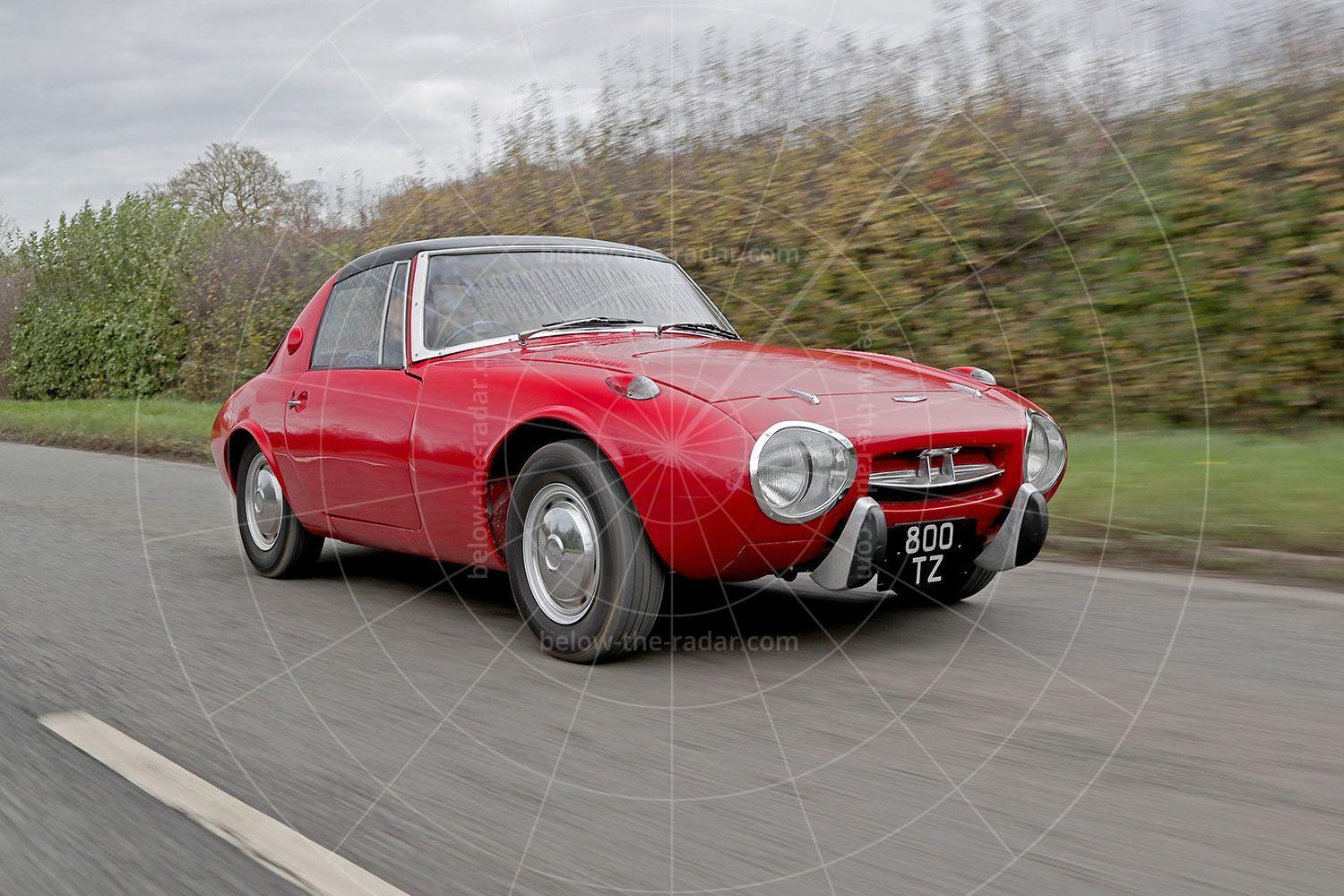
Why were the doors steel instead of fibreglass?